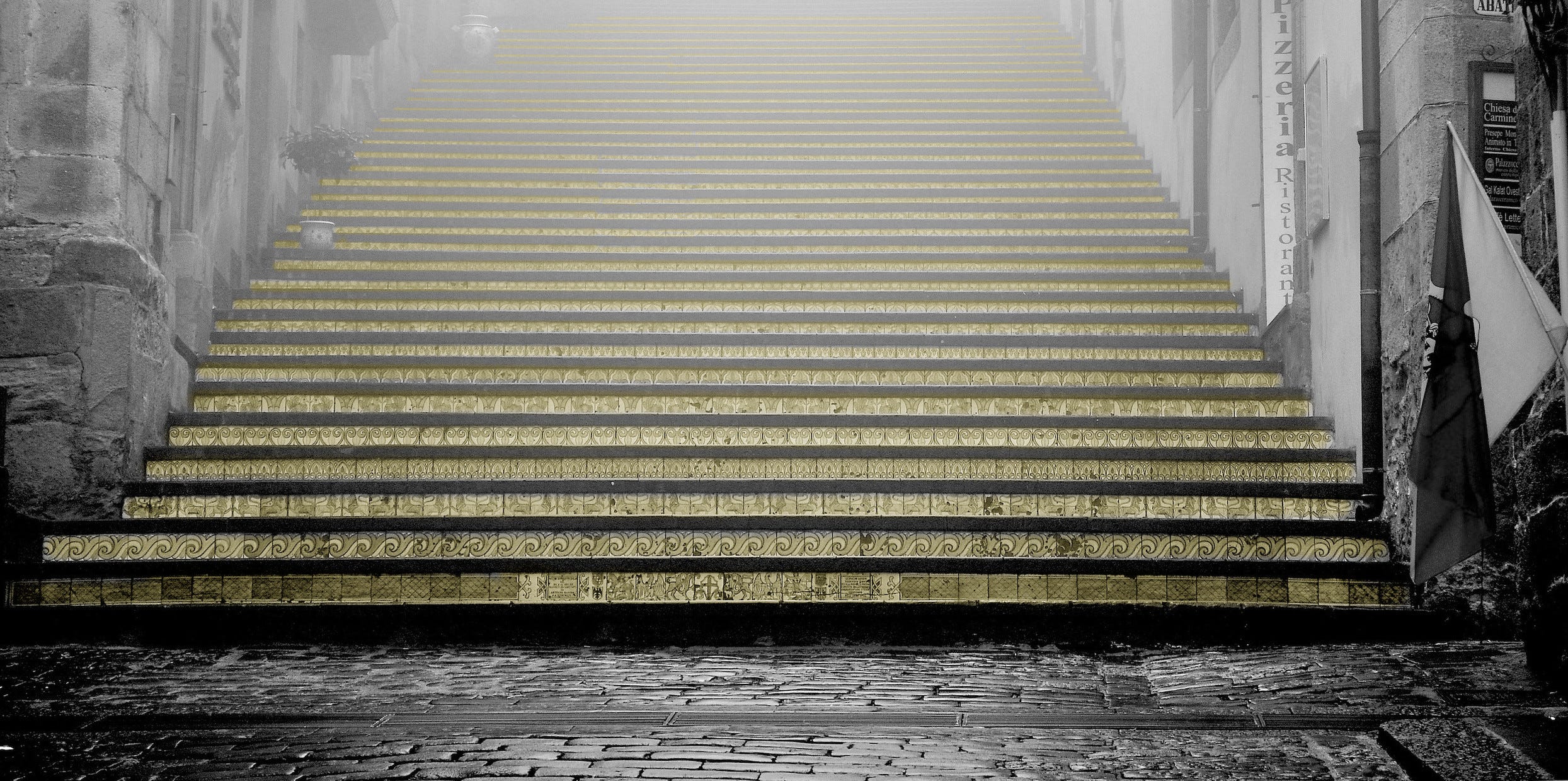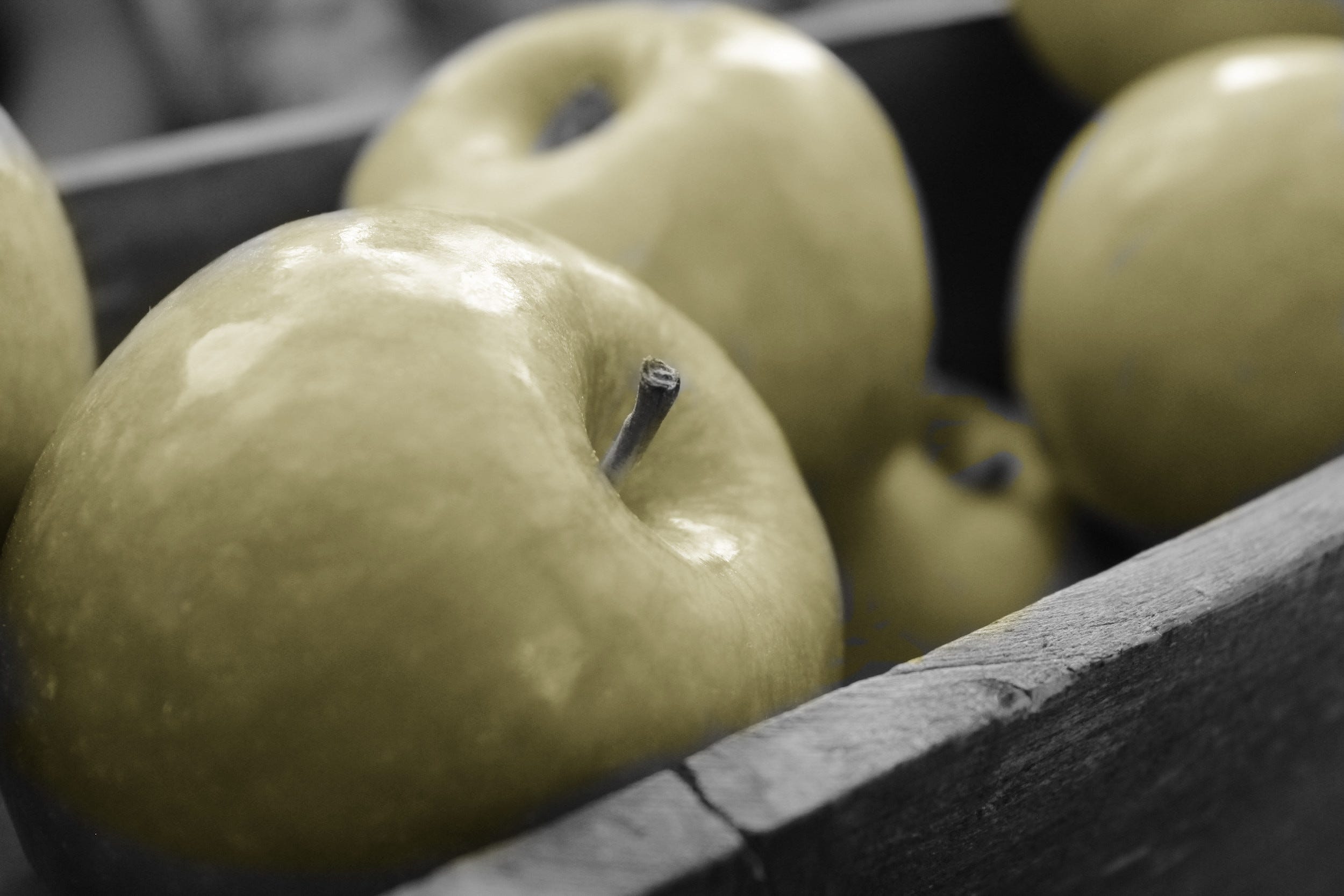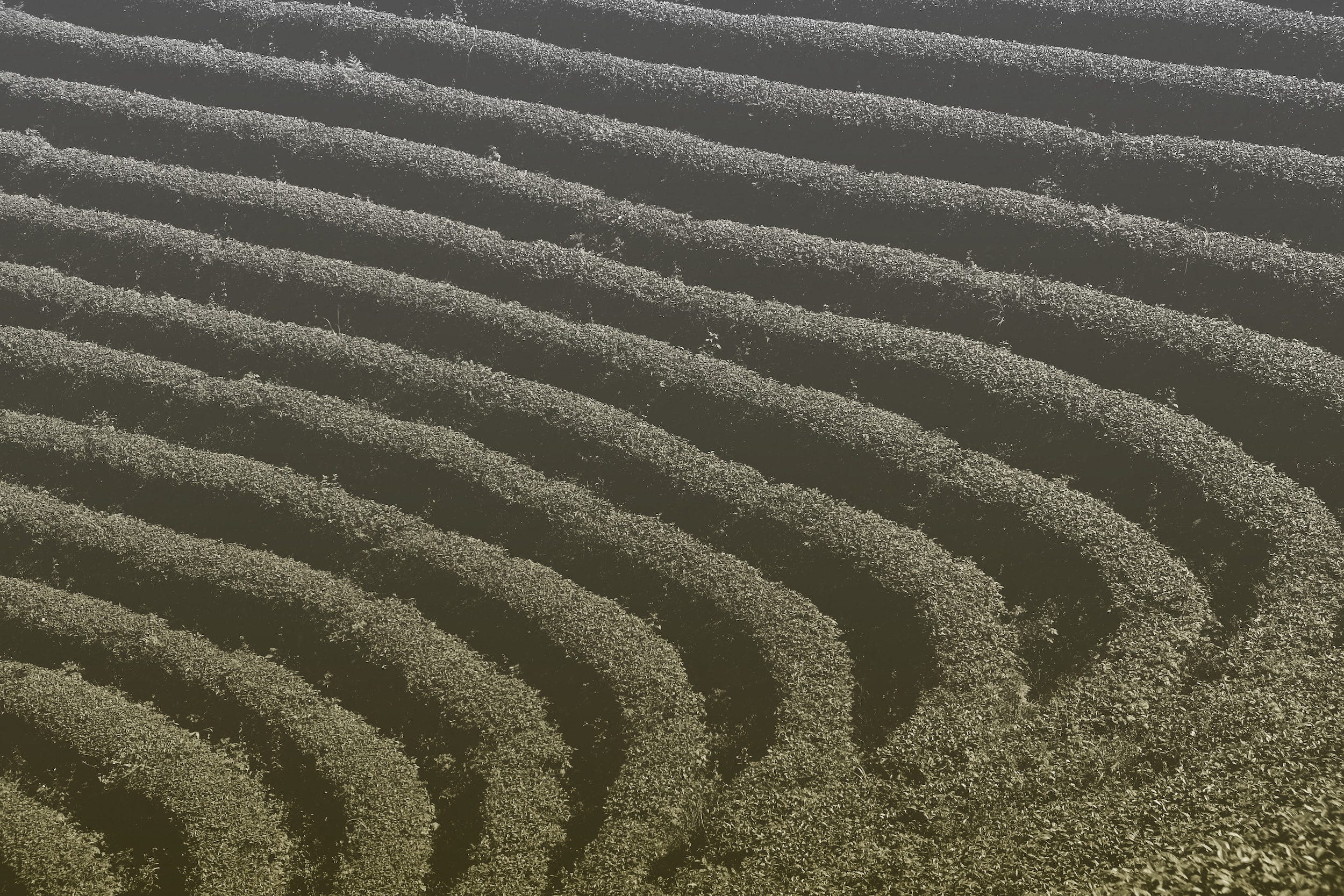Image colorization is an engaging topic in the field of image-to-image translation. Even though color photography was invented in 1907, It didn’t become popular for the average person until the 1960s because of its expensiveness and inaccessibility. All the photography and videography up until then was done on Black & White. Colorizing these images was impossible—until the DeOldify deep learning model came to life.
Continue reading Using DeOldify to Colorize and Restore Grayscale Images and Videos









